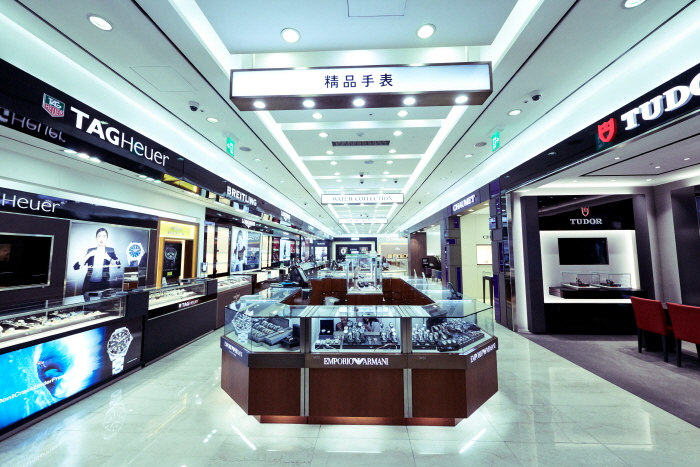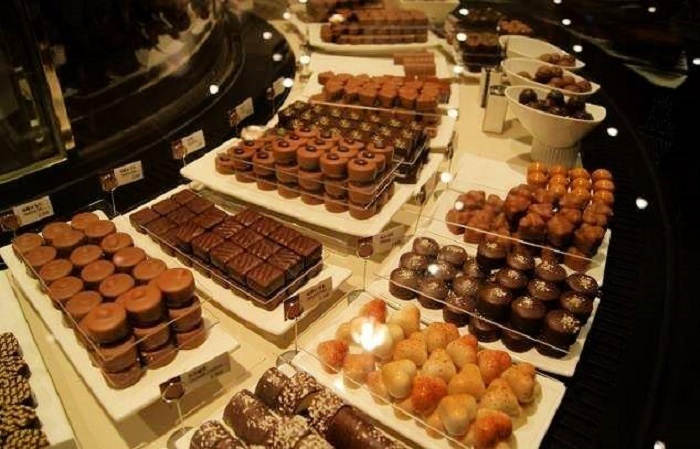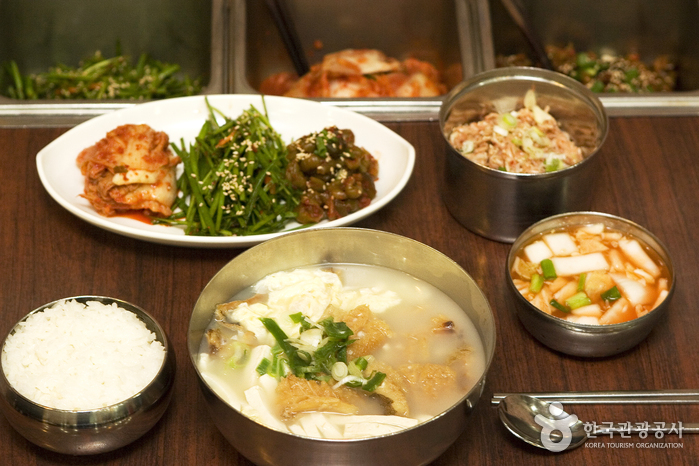Dongwha Duty Free (동화면세점)
1.5Km 2025-08-04
Sejong-daero 149, Jongno-gu, Seúl.
Laderach SFC (레더라 SFC)
1.5Km 2021-03-29
136, Sejong-daero, Jung-gu, Seoul
+82-2-3789-3245
It is a Swiss chocolate shop. The best menu at this restaurant is chocolate drink. This cafe is located in Jung-gu, Seoul.
Bugeogukjip (북어국집)
1.5Km 2020-06-17
38, Eulji-ro 1-gil, Jung-gu, Seoul
+82-2-777-3891
Bugeogukjip (formerly “Teojutgol”) is a restaurant behind City Hall in Seoul that has been serving up authentic dried Pollack soup since 1968. Despite a name change, the restaurant has proudly stood in this same location for decades, earning a strong reputation for its dried Pollack soup made using traditional cooking methods.
Since the restaurant only serves one thing—dried Pollack soup—there are few preparations to be made and the meal arrives on your table in minutes. Customers are free to serve themselves basic side dishes such as kimchi and can have as many servings of rice as they’d like, allowing diners to enjoy a hearty meal at a low price. While the restaurant’s design and menu may be simple, Bugeogukjip takes pride in its long history and the careful efforts that have earned it a reputation as one of the most notable restaurants in Seoul.
Residencia Sangchonjae (상촌재)
1.5Km 2023-08-17
Jahamun-ro 17-gil 12-11, Jongno-gu, Seúl




 Español
Español
 한국어
한국어 English
English 日本語
日本語 中文(简体)
中文(简体) Deutsch
Deutsch Français
Français Русский
Русский